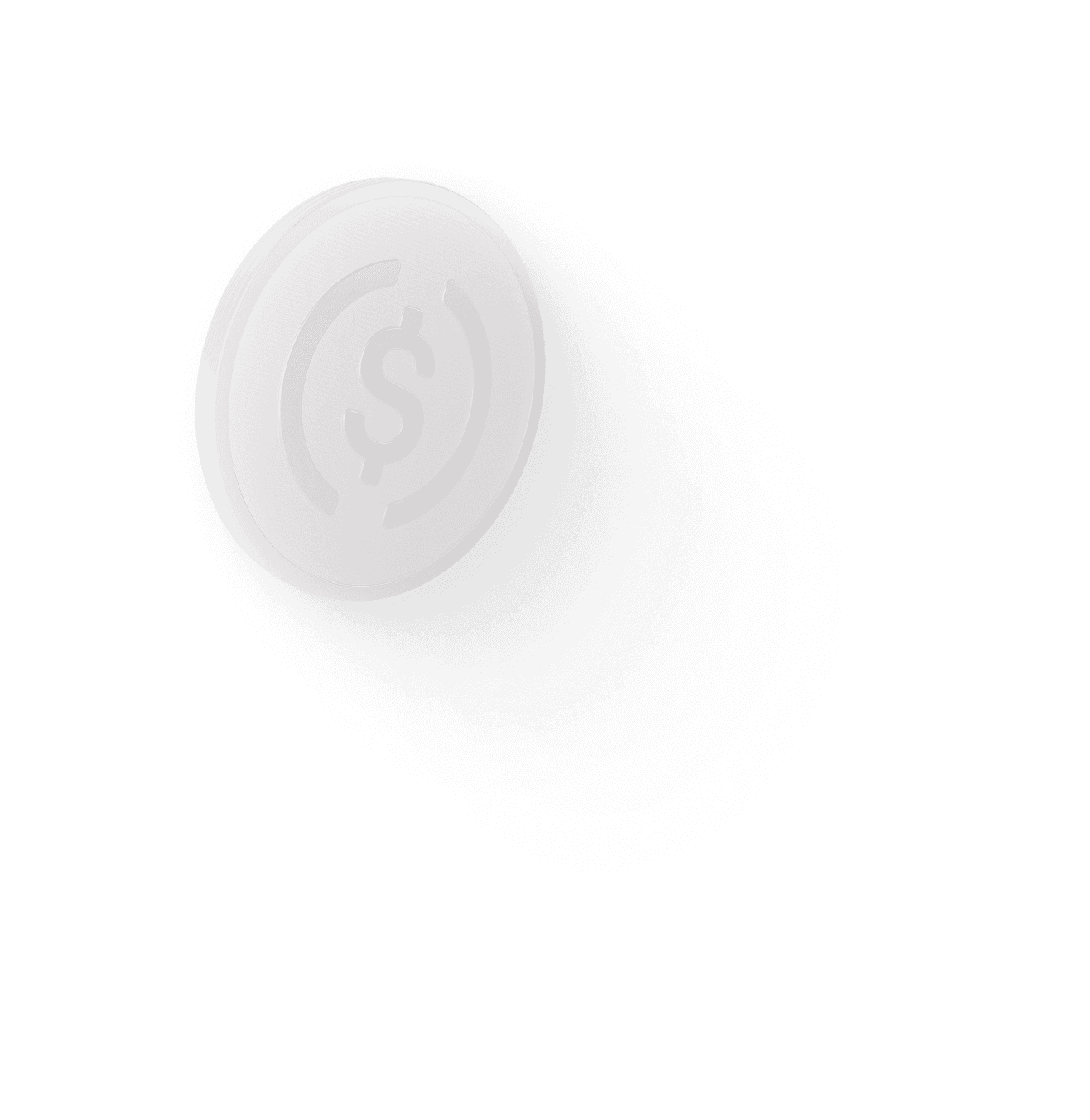7 min read
Jun 19, 2025
What is USDC? USD Coin Explained
TL;DR
USDC is a stablecoin issued by regulated[fn1] affiliates of Circle Internet Group, Inc. (NYSE: CRCL) (“Circle”).
It is fully backed by highly liquid cash and cash-equivalent assets and is redeemable 1:1 for the US dollar.
As of June 24, 2025, it is natively supported on 20+ major blockchain networks – and counting.
People use USDC for payments, decentralized finance, trading, fiat on and off ramps, Web3 commerce, and smart contracts.
To provide transparency, Circle regularly publishes third-party reports that provide assurance that the value of the USDC reserves are equal to or greater than the amount of USDC in circulation.
Platforms like Ivy use USDC to enable fast, cost-effective cross-border payments and treasury management for businesses.
USDC enables fast, secure, and transparent digital payments across blockchain networks, making it ideal for global transfers, trading, and decentralized finance.
Issuer
USDC is issued through regulated[fn1] affiliates of Circle (NYSE: CRCL).
Designed to Maintain Stable Value
USDC is redeemable 1:1 for USD.
Chains
As of June 24, 2025, USDC is natively supported on 20+ blockchain networks, with more expected in the future. See here for a complete and up-to-date list.
Mechanism
Mechanism | Role in Maintaining Price Stability |
Full reserve backing | For every USDC in circulation there’s an equivalent amount of highly liquid cash and cash-equivalent assets held in reserve |
Transparency/audits | Builds public trust |
Regulatory oversight | Circle takes a regulatory-first approach and proactively seeks to comply with applicable regulatory requirements |
Full Reserve Backing
USDC is fully backed by highly liquid cash and cash equivalent assets. For every USDC in circulation, there’s an equivalent amount of highly liquid cash and cash equivalent USD assets in reserve. For more information about the USDC reserves composition, click here.
Transparency and Audits
As part of Circle’s commitment to transparency, Circle publishes regular reports conducted by an independent accounting firm. These reports provide assurances that the value of USDC reserves are greater than the amount of USDC in circulation.
Regulatory Compliance
In the United States, Circle holds money transmitter licenses (MTLs) in 46 states, the District of Columbia, and Puerto Rico, is licensed under the New York State Department of Financial Services (NYDFS) BitLicense, and is registered as a Money Services Business (MSB) with the Financial Crimes Enforcement Network (FinCEN).
Circle is also compliant with the Markets in Crypto-Assets regulation (“MiCA”), the EU’s landmark crypto law.
See here for a complete and up-to-date list of Circle’s licenses.
Use Cases
Use Case | Description |
Payments & Remittances | Fast, cost effective global money transfer |
Trading | Stable pair for crypto trades |
Fiat On/Off-Ramps | Seamless transition between USD and crypto |
Web3 & Digital Commerce | Used in gaming, NFTs, content, and digital marketplaces |
Business Treasury | Used for operational payments and reserve management |
Smart Contracts | Enables programmable, automated financial actions |
Financial Inclusion | Designed to maintain a stable store of value and provide access to global finance |
Additional Resources














